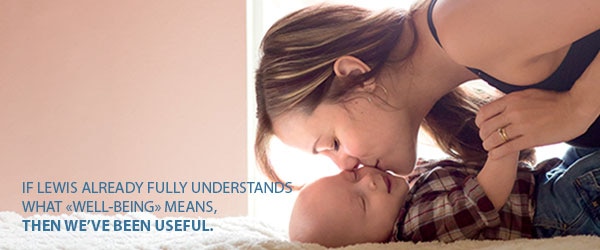Solutions to remove cradle cap
So is it necessary to get rid of cradle cap at all costs?
If parents are not bothered by the sometimes-unsightly appearance of cradle cap, it is not mandatory to remove it and start a treatment. Cradle cap will disappear of its own accord over time, but you will have to be patient because it can take several years. It sometimes persists until the age of two or three years.
However, cradle cap needs to be monitored, as in rare cases it can spread, thicken, or become infected, especially when touched or scratched, and therefore require special care.
The first treatment consists of a few cleansing gestures, such as washing the scalp with a gentle shampoo and daily gentle brushing to promote the removal of crusts.
Among the range of dermo-cosmetic products available in pharmacies for babies, there are many solutions to treat and remove cradle cap. These come in the form of shampoo, as well as cream, gel, emulsion, etc. These products tend to be hydrating to soften the crusts as well as having keratolytic action to promote the removal of scales.
Ask your pharmacist for advice or consult your pediatrician, they will support you and advise you on the most suitable treatment to remove your child's cradle cap.
If parents are not bothered by the sometimes-unsightly appearance of cradle cap, it is not mandatory to remove it and start a treatment. Cradle cap will disappear of its own accord over time, but you will have to be patient because it can take several years. It sometimes persists until the age of two or three years.
However, cradle cap needs to be monitored, as in rare cases it can spread, thicken, or become infected, especially when touched or scratched, and therefore require special care.
The first treatment consists of a few cleansing gestures, such as washing the scalp with a gentle shampoo and daily gentle brushing to promote the removal of crusts.
Among the range of dermo-cosmetic products available in pharmacies for babies, there are many solutions to treat and remove cradle cap. These come in the form of shampoo, as well as cream, gel, emulsion, etc. These products tend to be hydrating to soften the crusts as well as having keratolytic action to promote the removal of scales.
Ask your pharmacist for advice or consult your pediatrician, they will support you and advise you on the most suitable treatment to remove your child's cradle cap.

